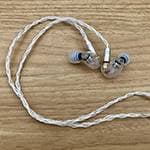

So, what's on the agenda today?
Scary!
Huh?
It's so scary!
What's scary?
Soo scary!!
If you don't tell me why, *I'm* going to get scared...
It's risk!
Risk?
It exists, right!?
Well... I guess...
Being in a band is full of dangers, don't you think?
Is that so...?
Exactly! So this time, the theme is risk reduction!
Oh, we’re getting to the main topic?
It’s all about risk management!
*Clap clap clap clap*... Wait, you're sounding like an insurance agent. What do you mean by that?
For band members, your body is your most important asset! First up, risk management to avoid injuries!
I see... So, what kind of situations would a band member get injured in?
The most common one is with strings!
Strings?
Risk management tip #1: It's important to properly handle the leftover ends of the strings after you’ve put them on!
Makes sense. The tips of strings are pretty sharp.
Trim the excess string as close to the peg as possible. Here’s about how much I usually cut off.
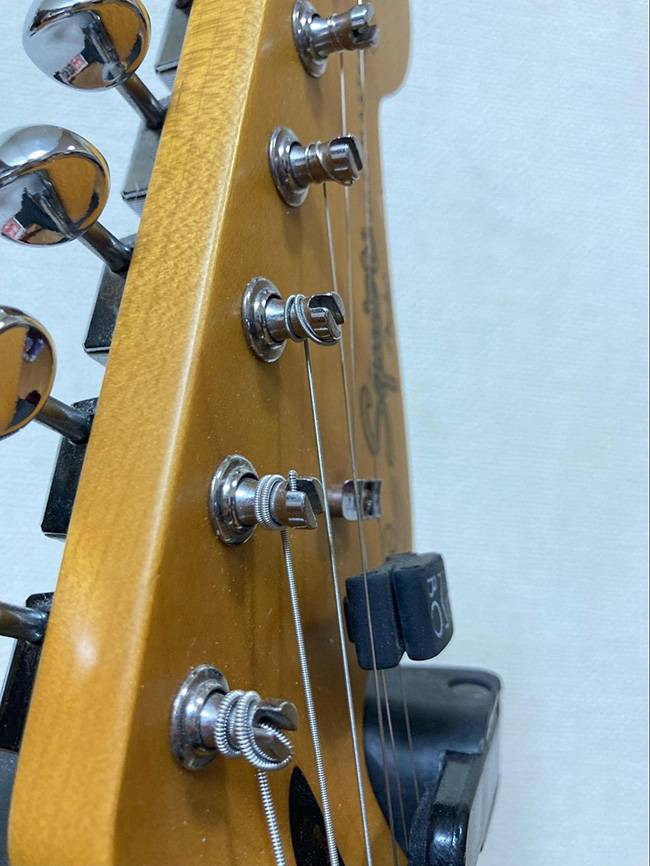
You're pretty precise with that.
Of course! Sometimes you'll see guitarists who don't cut the strings at all, just leaving them sticking out—it gives off that punk rock vibe, right?
Yeah, it's a look. That aesthetic where you're willing to take on the risk for the sake of style. Speaking of which, I remember the bassist BABY from the band GASTUNK used to play a Steinberger copy model and a headless Fernandes. If I recall correctly, he didn’t cut the strings either… That must’ve been dangerous not only for others but also for himself!
You can’t get too close… and with bass strings, the leftover length and thickness can be pretty substantial… That’s scary.
I wonder if anyone else can relate to this conversation? If so, I’d love to be friends with them (haha).
Hope so! But the scariest thing is when people cut the string leaving just 1 or 2 centimeters!
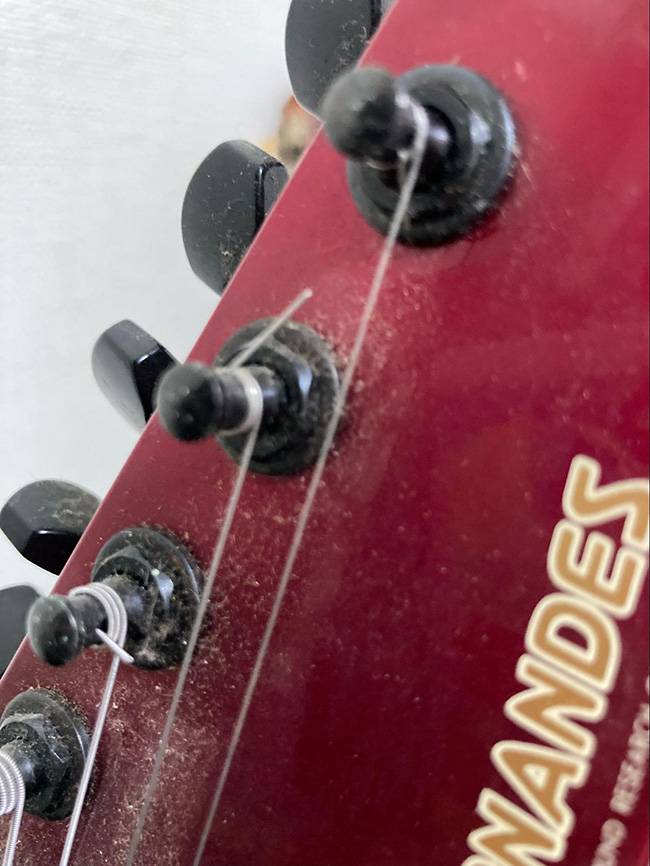
Scary? If it’s cut, it doesn’t seem dangerous at all…
But imagine putting a guitar like that into a case and transporting it...
Oh…
See! The inside of the case gets shredded to pieces!
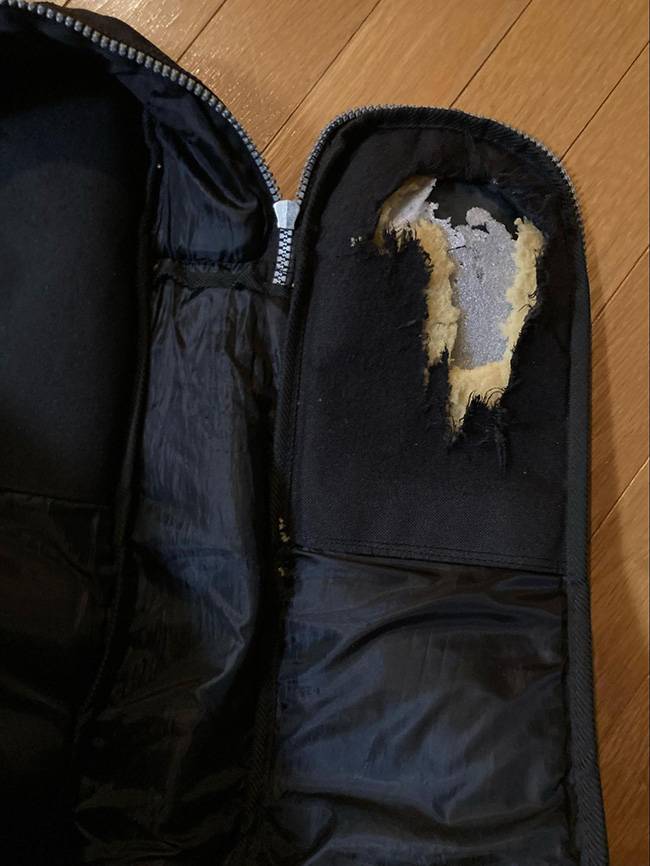
Exactly! If you imagine that happening to human skin, it’s definitely scary... Even with just that little length, it would hurt if it poked you, and if it snagged on your costume, that would be a disaster.
Right?! Let’s start by reducing—no, eliminating—the risk of string-related injuries!
That makes sense. Since you use a headless guitar, you're probably free from that risk. But for those who aren't, cutting off the excess strings is key. I also bend the string ends after trimming them to avoid shredding the inside of the case—it’s an extra step for safety!
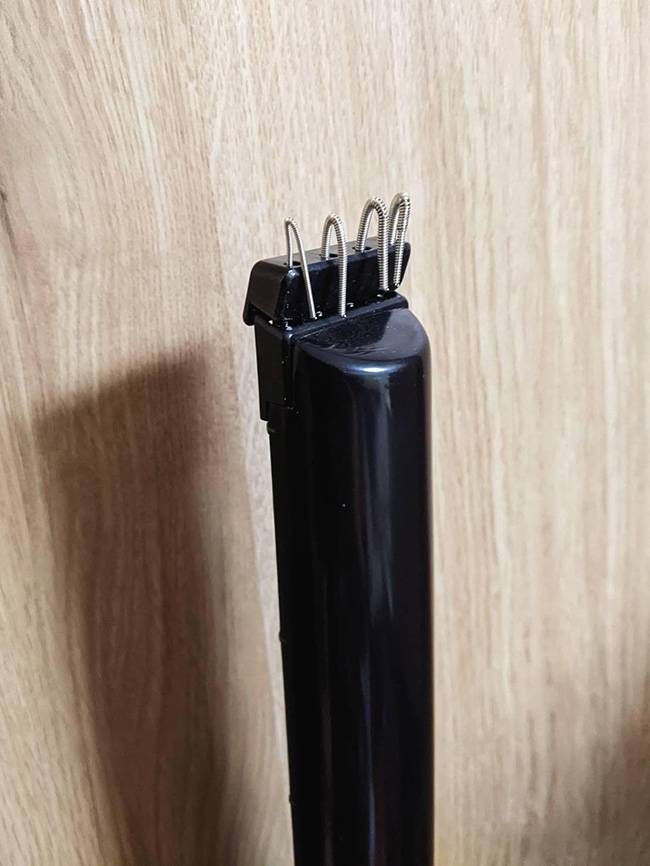
Oh, that’s thoughtful.
For some basses, even with trimmed strings, the case might still get damaged. In those cases, I’d wrap the cut string ends with a wristband or something to protect the case.
That’s a good idea! Any other risks?
With instruments? Hmm… well, back in the day, I used to pick closer to the bridge than I do now, and I was playing so aggressively that I unknowingly cut myself on the bridge screws—probably on a set screw. By the end of the gig, I looked at my right hand and it was bleeding...
You’ve mentioned that before… take care! I’ve also banged my hand on the bridge of my Telecaster a few times.
After that, I started putting duct tape or a bit of cloth over the set screws on that bass. It stopped the bleeding, but I’ve considered just installing a bridge cover, like this one. It wasn’t a Precision Bass or Jazz Bass, though.
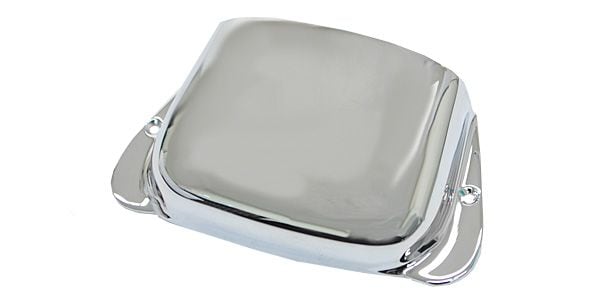
MONTREUX / PB bridge cover CR
I see... Adding a bridge cover might make techniques like bridge muting harder to do, though.
Yeah, originally bridge covers weren’t designed to prevent injuries. I think it was for attaching sponge mutes?
Probably to eliminate unwanted resonance. I used to stuff a sponge under the bridge cover of my Teisco for that same reason.
But don’t you think we, as players who like unconventional instrument shapes, tend to get injured by our gear more often?
Totally! By the way, the handle on the Spectrum 5’s tremolo arm is really sharp...

Yeah, the instruments used by metal musicians look dangerous too, with all those sharp edges… but I love those designs!
Horry, you love the spiky ones, right? But yeah, with those kinds of instruments, other band members need to be careful too.
Exactly. If you feel a certain part of your instrument might be hazardous, it’s best to cover or modify it. Especially on stage, when your movements get more intense, you might hit parts you wouldn’t normally. It’s like covering the corners of a table if you have kids at home...
That’s true, but putting covers on the sharp parts of your instrument? Come on...
(laughs) I didn’t mean *that*! Remember what I said earlier—there’s an aesthetic that some are willing to risk for. It’s up to each person to judge where to draw the line. Just try to avoid injuries!
Exactly. Alright! Now, there's also the risk of electrical issues, but I’m not experienced or skilled enough in that area to have faced accidents.
You mean like that electric shock you get when your lips touch the mic? The so-called "zap"...
Yeah, it can be dangerous, to the point where fatal accidents have happened overseas, I’ve heard.
The bigger the stage, the more power you deal with, so it’s definitely scary. I haven’t experienced it much, but one simple fix might be reversing the plug on your amp.
True, and with some amps, you can reverse the power switch orientation to mitigate it.
For people who use mics while playing guitar or bass, it might be worth trying those solutions. Or you could cover the mic with a sponge cover or something similar. Didn’t The Captains often use those? Were they for shock prevention?
Half prevention, half for looks.
But ultimately, the safest thing is to let the PA or studio staff handle it. Ask them to check the grounding for you.
Yeah, that’s probably the most reliable option. Now, how about we talk about risks related to live performances? Let’s dive into the areas where we’ve got lots of experience with risk management.
Makes sense!
So, for the next risk check—stage edition… let’s leave that for next time! Because why?
It’s all for love!
The “sound & person” column is made up of contributions from you.
For details about contributing, click here.







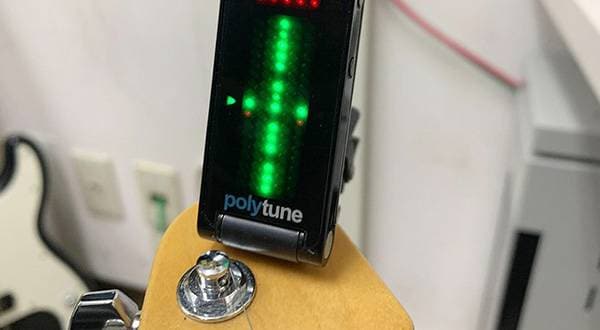

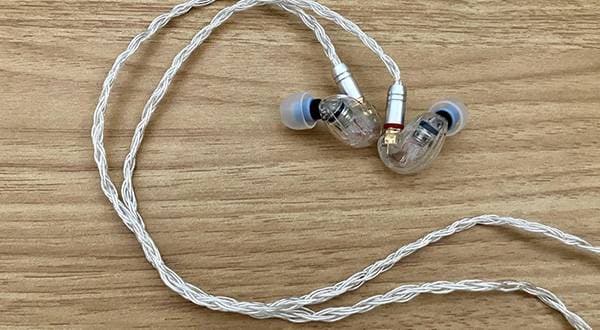
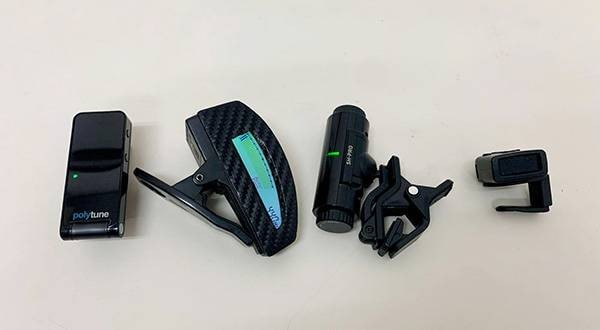

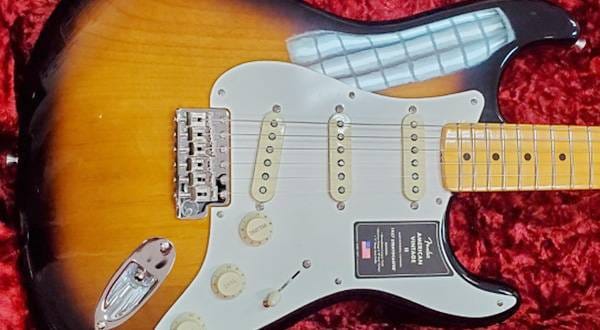
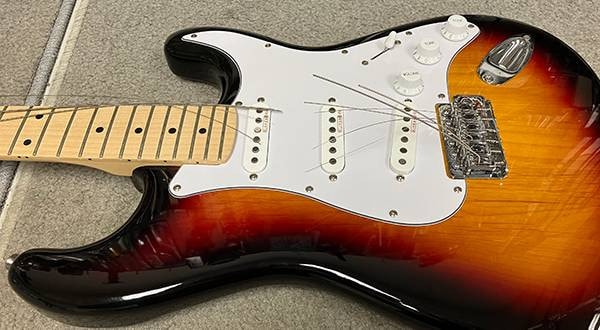

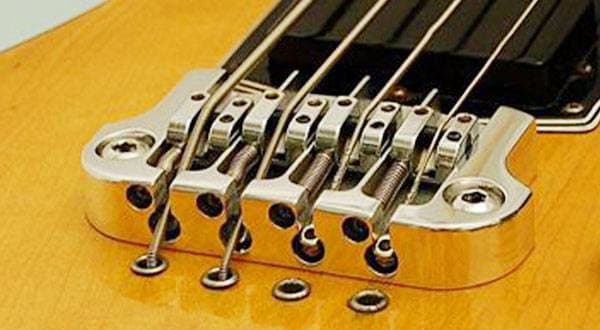
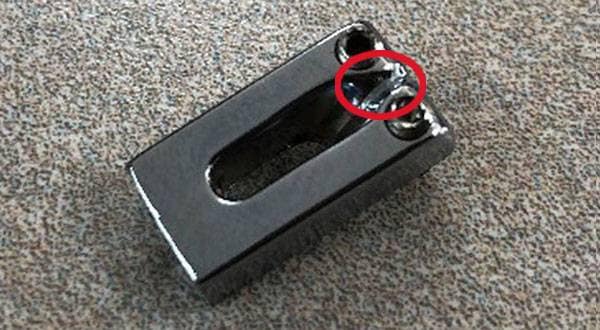

 エレキギター弦の選び方
エレキギター弦の選び方
 弦の張り替え(アコースティックギター)
弦の張り替え(アコースティックギター)
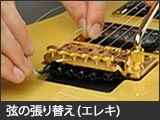 弦の張り替え(エレキギター)
弦の張り替え(エレキギター)
 ギターのお手入れ
ギターのお手入れ
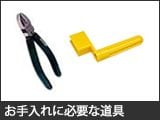 お手入れに必要な道具
お手入れに必要な道具
 ギターの各部名称
ギターの各部名称


